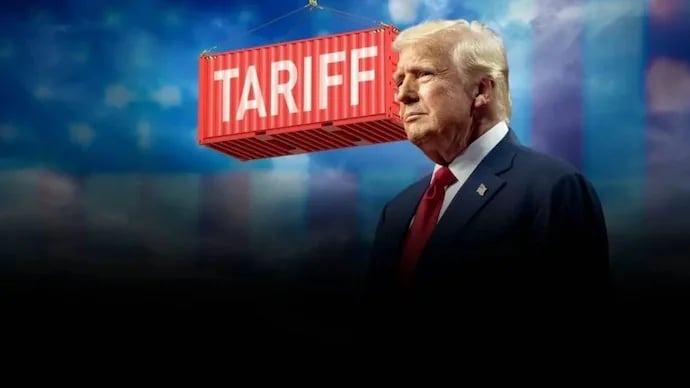Trump Tariff and Its Zero Impact on India
The reintroduction of tariffs under a potential Trump administration has sparked global discussions about trade policies and their economic ripple effects.
FINANCE
8/5/2025


Trump Tariff and Its Zero Impact on India
The reintroduction of tariffs under a potential Trump administration has sparked global discussions about trade policies and their economic ripple effects. While these tariffs, often aimed at protecting domestic industries in the United States, could disrupt supply chains and economies worldwide, their impact on India appears to be negligible. Here's why India's economy is likely to remain unscathed by the so-called "Trump tariffs."
India's Economic Insulation
India's economy is diverse and increasingly self-reliant, with a strong domestic market and a growing focus on local manufacturing through initiatives like "Make in India." Unlike many export-dependent economies, India's trade with the U.S., while significant, is not overly reliant on sectors that would be heavily impacted by tariffs. Key Indian exports to the U.S.—such as pharmaceuticals, IT services, and textiles—are either less affected by tariffs or face steady demand regardless of price fluctuations.
Pharmaceuticals, for instance, constitute a major chunk of India’s exports to the U.S. These are often generics, which are cost-competitive and critical to the U.S. healthcare system. Even with tariffs, the demand for affordable medicine is unlikely to wane. Similarly, India’s IT and software services, a cornerstone of its export economy, are intangible and less susceptible to trade barriers like tariffs.
Limited Exposure to Tariffed Goods
The proposed Trump tariffs primarily target goods like steel, aluminum, and consumer electronics, where India has minimal exposure. India’s steel and aluminum exports to the U.S. are modest compared to countries like China or Canada. Moreover, India has been diversifying its trade partners, with increasing focus on markets in Europe, Africa, and Southeast Asia. This reduces reliance on the U.S. market and cushions any potential tariff-related disruptions.
Additionally, India’s domestic consumption-driven economy means that even if U.S. tariffs were to slightly reduce export volumes, the overall GDP impact would be marginal. According to trade data, the U.S. accounts for roughly 18% of India’s total exports, but the tariffed goods form only a small fraction of this share.
Strategic Trade Policies
India has shown agility in navigating global trade challenges. The government’s proactive trade agreements, such as those with the UAE and Australia, and its participation in forums like the Quad, ensure that India has alternative markets and supply chains. Furthermore, India’s retaliatory tariffs in response to past U.S. trade measures (e.g., on steel and aluminum in 2018) demonstrate its ability to counterbalance adverse policies without significant economic fallout.
Global Supply Chain Shifts
Interestingly, Trump’s tariffs could indirectly benefit India. As U.S. tariffs on Chinese goods push companies to diversify their supply chains, India stands to gain as an alternative manufacturing hub. With its competitive labor costs, skilled workforce, and improving infrastructure, India is well-positioned to attract investments from companies looking to bypass tariff-heavy regions like China.
Conclusion
While the Trump tariffs may create turbulence for some economies, India’s economic structure, strategic trade policies, and diversified export portfolio ensure that their impact will be minimal. Far from being a setback, these tariffs could even open new opportunities for India to strengthen its position in global trade. For now, India’s economic trajectory remains steady, unaffected by the tariff rhetoric from across the Pacific.
Ideagiri: Online platform for Education: Govt Colleges and Universities, Govt Jobs, Exams, Internships, Business, Finance, Technology, DigiCult and more - Ideagiri.com
Nocont@ideagiri.com
© 2025. All rights reserved.
